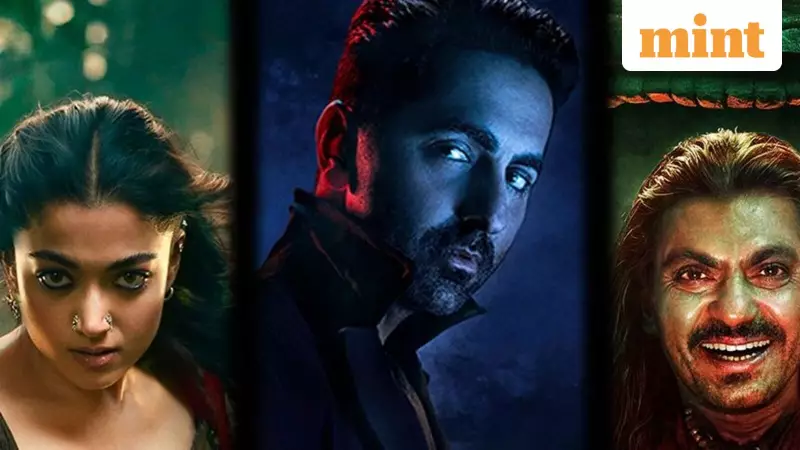
The Indian entertainment industry is facing a significant challenge as its trusted formula of sequels and franchise extensions begins to show cracks. A combination of skyrocketing production budgets and underwhelming audience turnout is forcing a major rethink for both filmmakers and streaming platforms.
The Box Office Underperformance
Over the past few months, several high-profile sequels have failed to meet expectations at the box office. Key examples include Baaghi 4, which earned ₹47.4 crore, Thamma with ₹123.6 crore, and War 2, which collected ₹185.13 crore. These figures are considered underperformances given their substantial budgets and the pre-existing popularity of their franchises.
This trend coincides with a slowdown in the Over-The-Top (OTT) sector. According to media consulting firm Ormax, India's OTT audience universe—those who have watched digital videos at least once in a month—now stands at 601.2 million people. However, the annual subscriber growth rate tells a different story. It was 9.9% in 2025, a notable drop from the 13%-plus growth rates seen in both 2023 and 2024.
The Inevitable Cost Escalation
Experts point out that creating sequels and new seasons comes with an unavoidable increase in costs. Ujjwal Mahajan, co-founder of Chaupal, explains that success drives up expectations and expenses. Artists often demand higher fees, and marketing spends increase to maintain the momentum generated by a hit first season or film.
Charu Malhotra, co-founder of Primus Partners, provides concrete numbers on these hikes. She states that for films, actor fee increases can range from 30% to a staggering 80%, depending on their centrality to the franchise. For web series, the increase is slightly more measured, typically between 20% and 40% between seasons.
Beyond actor remunerations, other cost centres are also inflating. Arpit Mankar from Shemaroo Entertainment highlights that visual effects, CGI, and music rights have become major budget items. Furthermore, if a shoot extends beyond its schedule, the cost of holding crews and sets for extra days adds a significant, often unplanned, financial burden.
Creative and Commercial Pressures
The challenge is not purely financial. Executives like Mankar emphasize that a franchise only works when the story has more to say. The first instalment often benefits from novelty, while subsequent ones carry the heavy burden of audience expectations.
Raj at Agrawal, from Ultra Media & Entertainment, agrees. He notes that while successful franchises can generate substantial returns through merchandising and brand partnerships, they must continuously innovate to stay relevant. Careful planning and genuine audience engagement are essential to justify the increased investment. The consensus is clear: you cannot force a franchise simply because the first one was a hit. The real success lies in building a world that audiences choose to return to, again and again.





